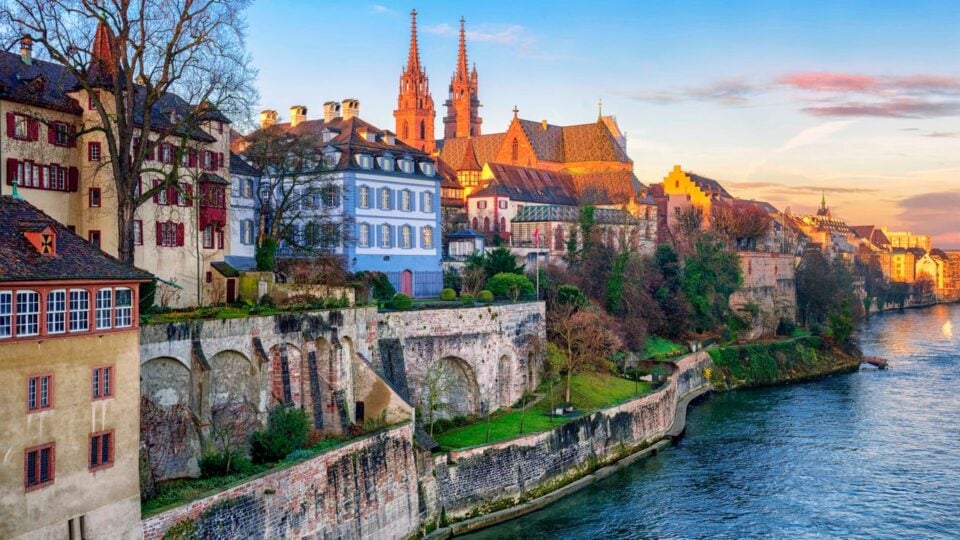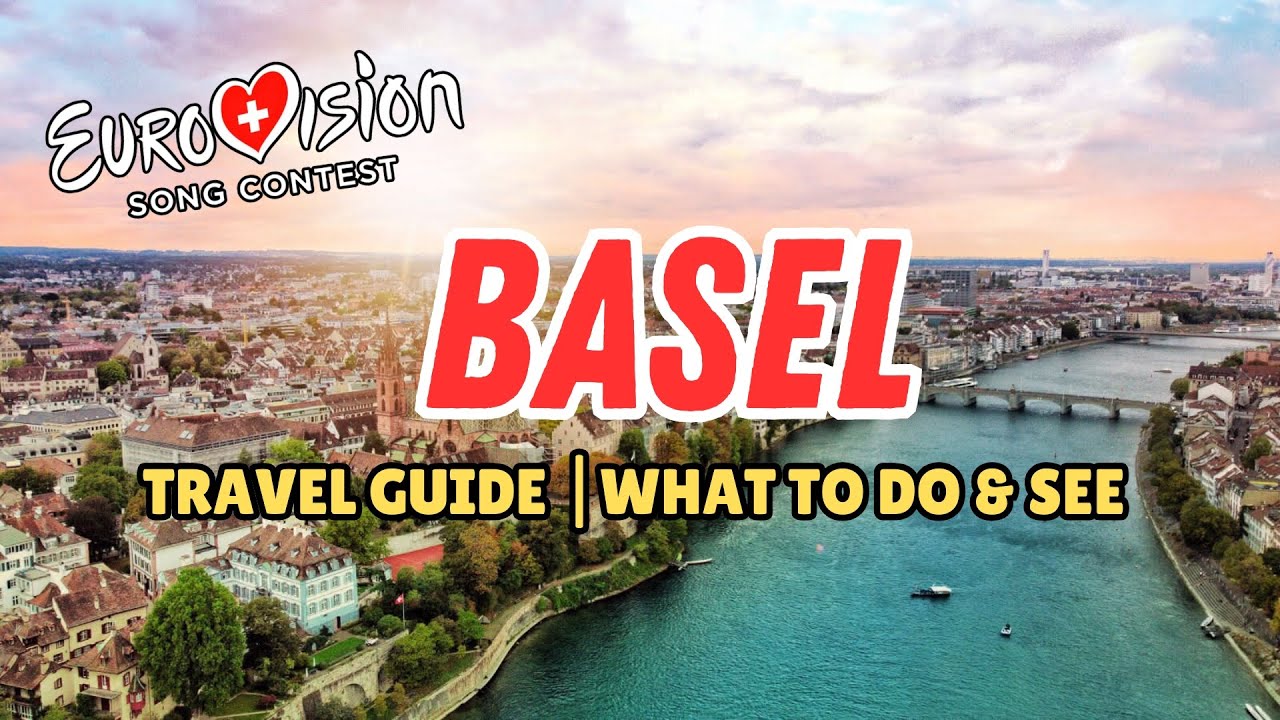Basel (Switzerland) is the third largest city in the country – after Zurich and Geneva. Basel is located in the northern part of Switzerland. It stands on the banks of the river Rhine, which divides it into 2 parts: on the south-west side is the Greater Basel (Grossbasel), and on the north-east – the Lesser Basel (Kleinbasel).
The locals speak German, or rather the Basle dialect of Swiss German.
Basel is Switzerland’s most dynamic economic region and one of the most productive and innovative regions in the world. Basel-Stadt employs more than 190,000 people from Switzerland and other countries. The economic policy of the Basel Government is to create an attractive business environment and provide targeted support to growing companies. In the past few years, growth in the Basel region has been much higher than the Swiss average. Liberal labour laws, attractive corporate tax rates, efficient public administration and political stability are traditional strengths that benefit companies in the Basel region.
Due to its advantageous location in the heart of Europe, the Basel region has long been a major center for transhipment of goods en route: the Rhine provides a direct connection to the sea for the transport of goods by water. The Basel region is also ideally located on the main axis of the European road and rail network, and the nearby Basel-Mulhouse-Freiburg Euroairport is just a 15-minute drive from the centre of Basel. Therefore, Basel is used by many international companies as a springboard for entering the European market.
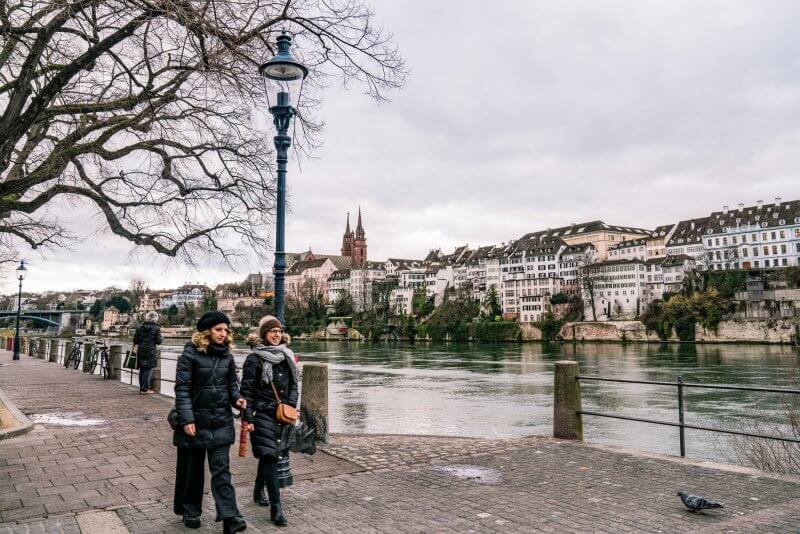
In a 2019 Mercer survey, Basel was ranked among the top ten cities in the world with the highest quality of life. When you live in Basel, nothing is further than a few steps away. Museums, restaurants and clubs, as well as parks and playgrounds. Breathtaking modern residential and office buildings, as well as the medieval city center and historic districts of the 19th century. Kleinbazel, multicultural and trendy, compared to the quieter and family-friendly residential areas on the city’s outskirts. And everything is easily accessible on foot, by bike, by bus, tram or car. Finally, Basel’s location on the French-German border makes it an ideal starting point for excursions to Alsace or the Black Forest.
Main attractions
Modern Basel is not only the industrial, but also the cultural center of Switzerland with many different attractions. It has the highest concentration of museums in the country, hosts carnivals and exhibitions, has theaters and galleries. Basel also attracts with its old town, the center of which is the market square. And you can always take a walk in one or more beautifully designed green parks. Basel is a welcoming city. In a small space, you can find treasures from antiquity to the present day and from Armani to Zimmerli.
Art, architecture, theater, dance or music — Basel lives and breathes culture and entertainment. Modern architecture shapes the urban landscape.
Paper Mill Museum of Basel
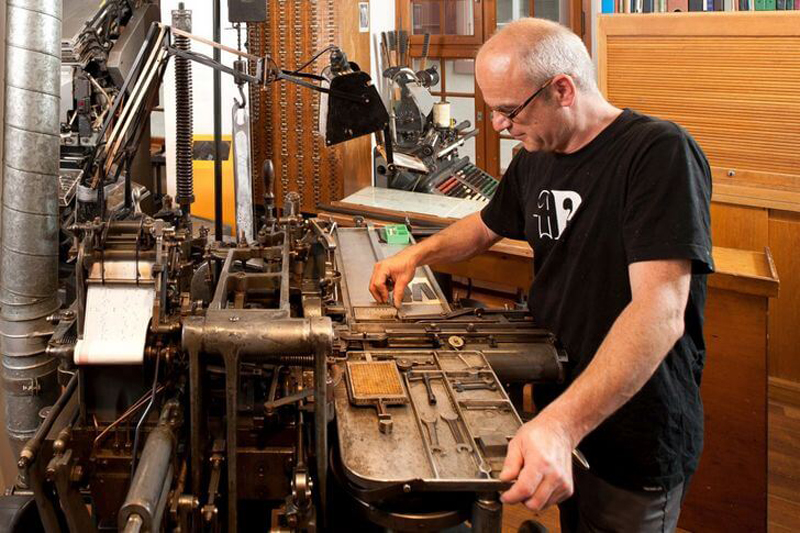
One of the most interesting sights in Basel is the Paper mill Museum. It occupies a building where a paper mill operated more than 500 years ago, supplying almost all the states of medieval Europe with paper. All the premises of the plant have been restored, allowing you to get an idea of the ancient ways of creating and binding paper. The museum’s collection includes many historical rarities.
The museum is interactive, and guests can make a piece of paper by hand, type letters and print them on a sheet.
- Place of interest: St. Alban-Tal 37, Basel 4052, Switzerland.
- Opening hours: from Tuesday to Friday inclusive and on Sunday – from 11: 00 to 17: 00, on Saturday – from 13: 00 to 17: 00.
- Ticket price: 15 CHF, for children aged 5-16-9CHF.
- Website: www.papiermuseum.ch.
Old Town streets
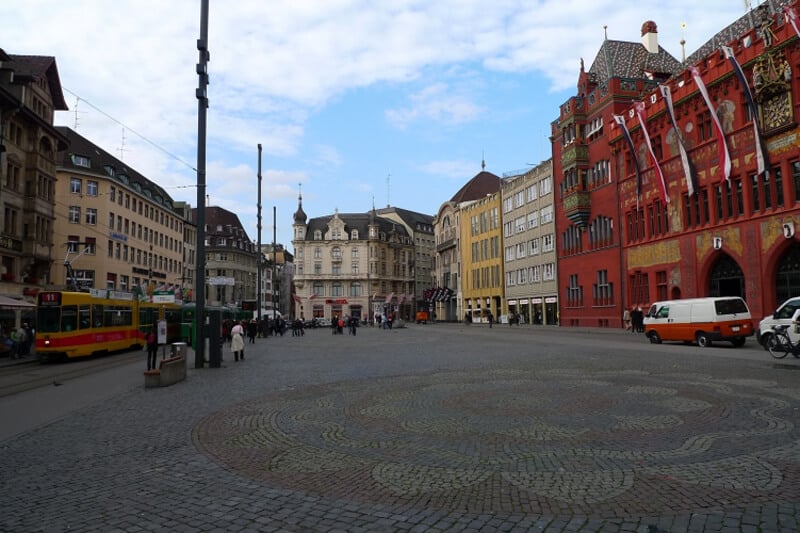
The Old Town is located on the territory of Greater Basel. The sights of Old Basel can be viewed in one day or even in a few hours, because all the most interesting and really noteworthy things are located quite compactly. The old town and most of the historic buildings are located between the Steinengraben, Dufour strasse, Aeschengraben and Heuwaage viaduct streets, which run from the station to the river. The historical center of Basel is Markplatz, which is the best place to start exploring. Thanks to the many signs installed on narrow picturesque streets with old houses, it is much easier for tourists to walk and find the right road.
Shpalentor City Gate

On the western side of the Old Town, on Spalenvorstadt, there is a unique landmark – the Spalentor Gate. They are recognized as the most colorful and authentic in Switzerland.
After an earthquake in 1356 reduced Basel to rubble, new homes were built on the banks of the Rhine. A high wall with towers and gates was built to protect them from the enemy, but by the end of the nineteenth century this wall was no longer necessary and began to interfere with the growth of Basel. The wall was demolished, and the Spalentor gate, installed on the side of the road from France, was preserved and is now considered the most interesting attraction in Basel.
The side round towers have a height of 28.15 m, and the tower with a pyramid roof is 40.3 m. The walls are 2 m thick. In the passage, 2 grilles were installed, which were lowered if necessary.
Market Square and Town Hall

The market square is considered a central place in Basel. Since the XIII century, they have been engaged in trade here, and the market still works today. The square is always full of goods (meat, cheeses, vegetables, fruits, mushrooms), and not at all expensive by local standards, and there are many buyers – both tourists and citizens of Basel. Since 1290, when the Town Hall (Rathaus) was built, the square has become the center of not only trade, but also political life of the city.
The Town Hall was built in 1504-1514, it is recognized as one of the most beautiful buildings not only in Switzerland, but also in Europe. This building is a rich cherry color, striking in its brightness and richness. In the courtyard and inside the building, you can see a variety of wood products, sculptures and paintings.
Now the Town Hall is not just a historical and architectural landmark. This building hosts meetings of local authorities.
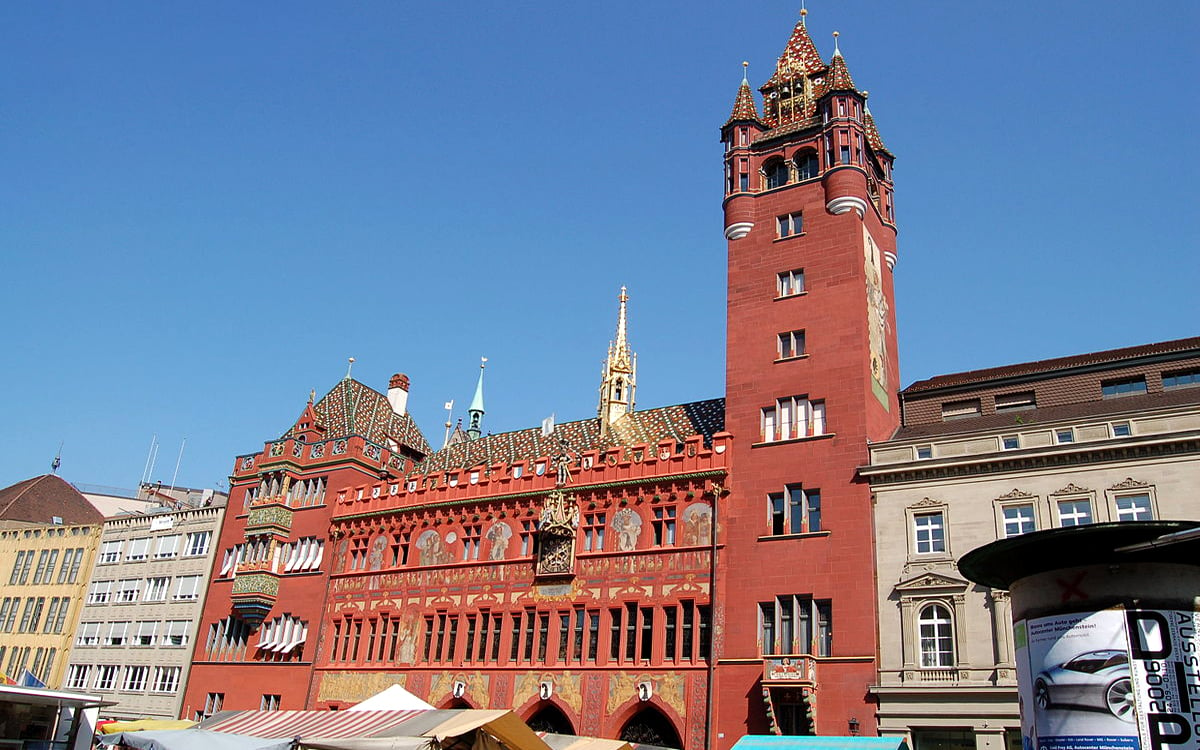
The Town Hall is open to the public, even offering 40-minute guided tours of the interior. The ticket costs only 5 francs, and you can buy it at the tourist information center or immediately on the spot.
- The town hall is open from Mon to Fri from 8: 00 to 17: 00.
- The tour starts in the courtyard of the Town Hall.
Munster Cathedral
On a small square in the Old Town, at Rittergasse 3, is the cathedral, one of the most beautiful in Switzerland – Munster (Basel Munster).
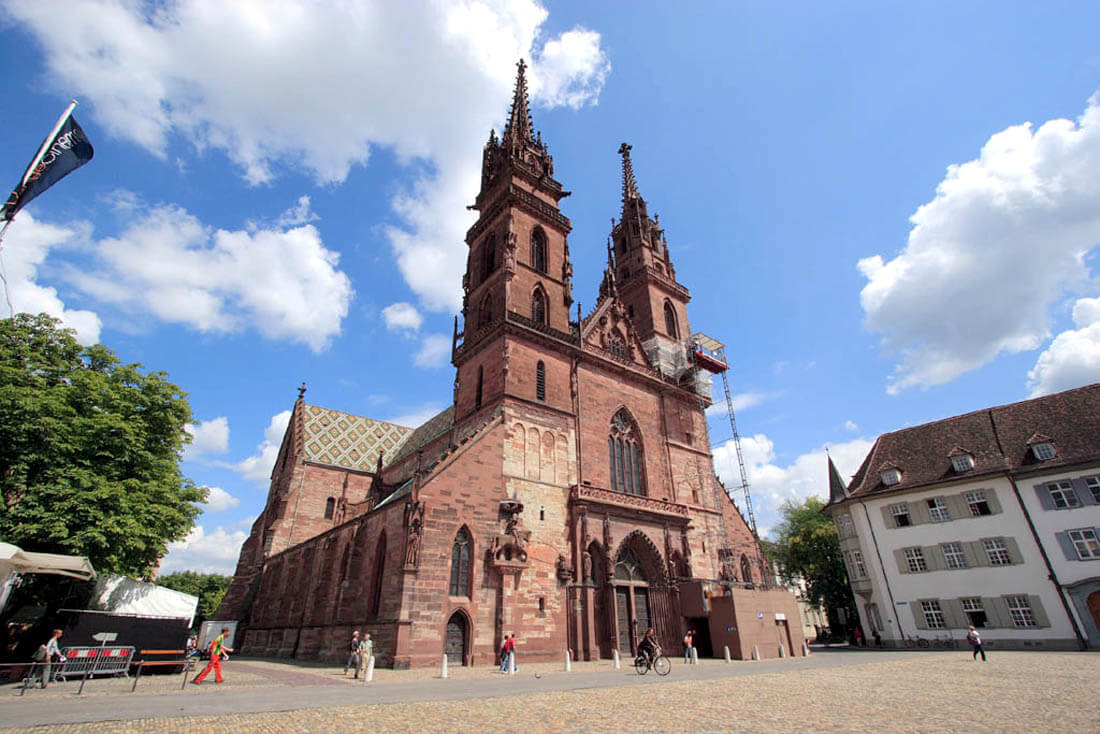
Despite the rather standard architecture, it looks very beautiful, elegant and elegant. By the way, because of the very high spires towering over Basel (Switzerland), you can’t take a photo of the entire cathedral standing on a small square. The Wettsteinbrucke and Mittelbrucke bridges offer a very beautiful view of Munster Cathedral.
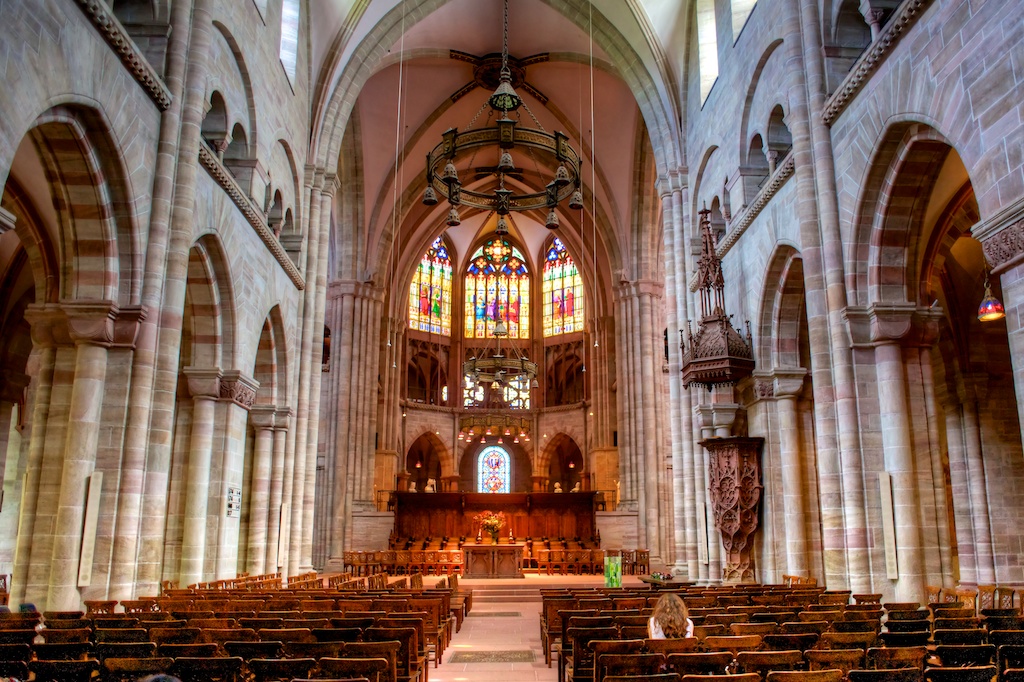
You can go inside the cathedral, admission is free, but before the service starts all tourists (they are always unmistakably recognized) they are trying to push them away from the altar to the exit. For 7 francs, you can climb the bell tower, which is 62 m high. The bell tower is equipped with an excellent observation deck with benches, which offers an impressive view not only of the city of Basel in Switzerland, but also of Alsace in France and the Black Forest in Germany.
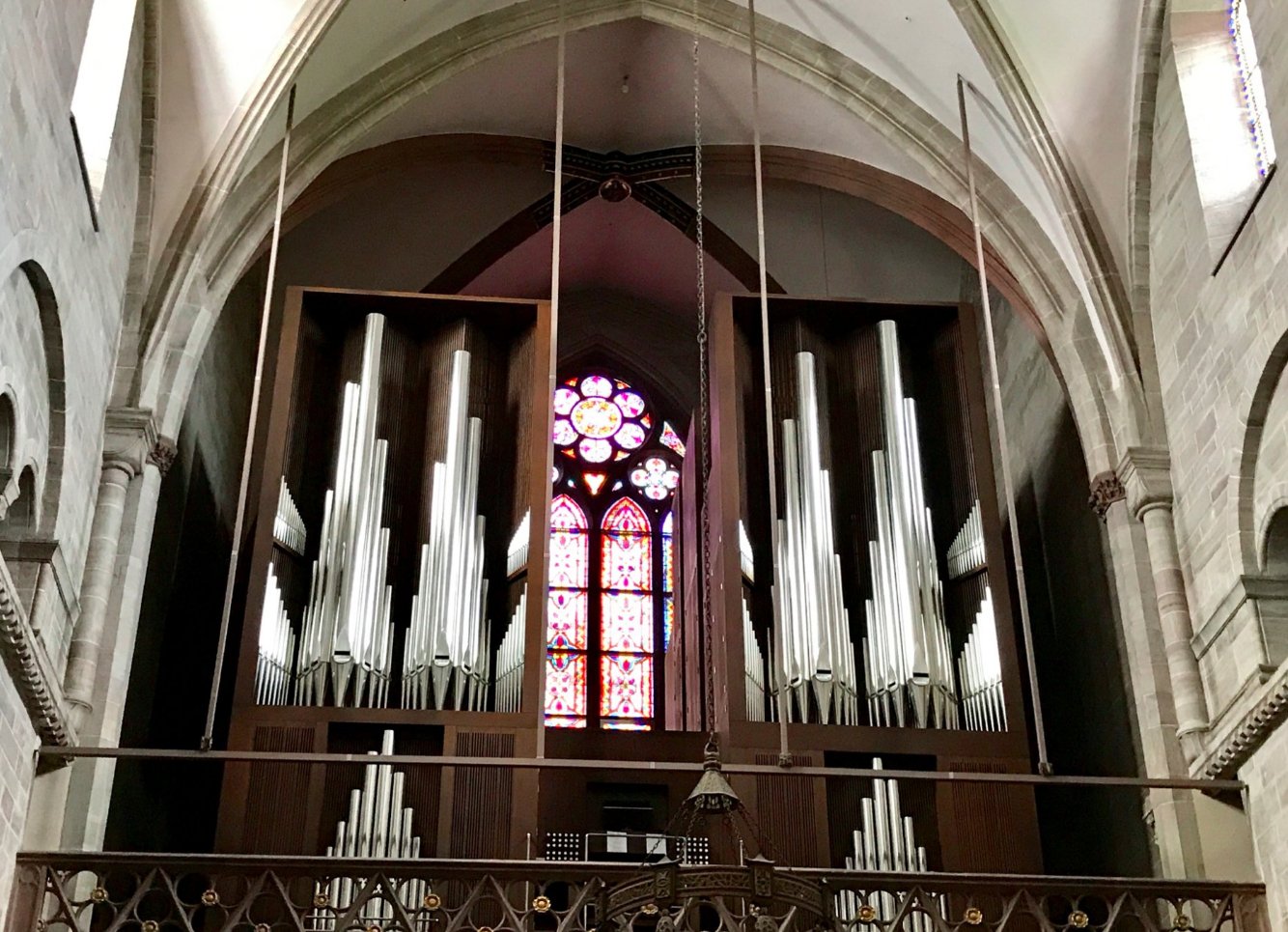
Every Sunday in Munster organ concerts are held, and completely free of charge. For each organ evening, special programs are printed, which are distributed to visitors at the entrance.
On the square where the cathedral is located, during the Christmas holidays there is a fair, traditional for cities in Switzerland. On the ground there are branches of fir, spruce, pine – crowds of people pass through them, which makes a wonderful coniferous-resinous aroma spread in the air. On the street there are huge cauldrons of hot mulled wine-this drink is sold in bright earthenware mugs-boots, which you can take with you, since their cost is taken into account when selling, or you can return it back, and then the seller will return the money. There is also a bonfire, and on a special stick on it you can bake a pretzel made of dough.
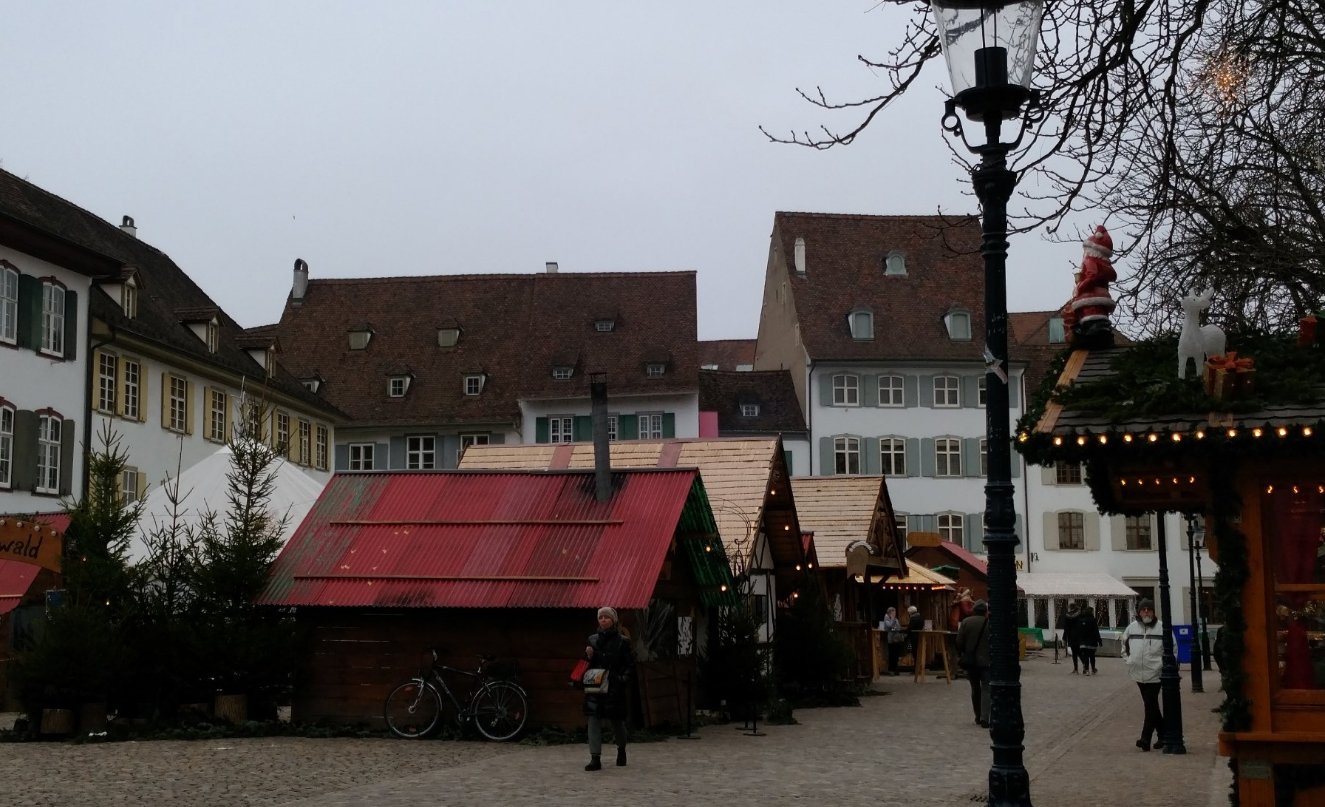
There are also many shopping malls offering pastries, sweets, souvenirs, toys, and warm knitted clothing. There is also entertainment: a steam train for children, a tent where children can do wood burning.
In front of Munster, on its northern side, there is an observation deck – it offers an overview of the most beautiful places in the city. On the same side of the cathedral there is a descent to the multi-level embankment of the Rhine – from here a ferry departs, delivering passengers to the opposite bank of the river in a matter of minutes.
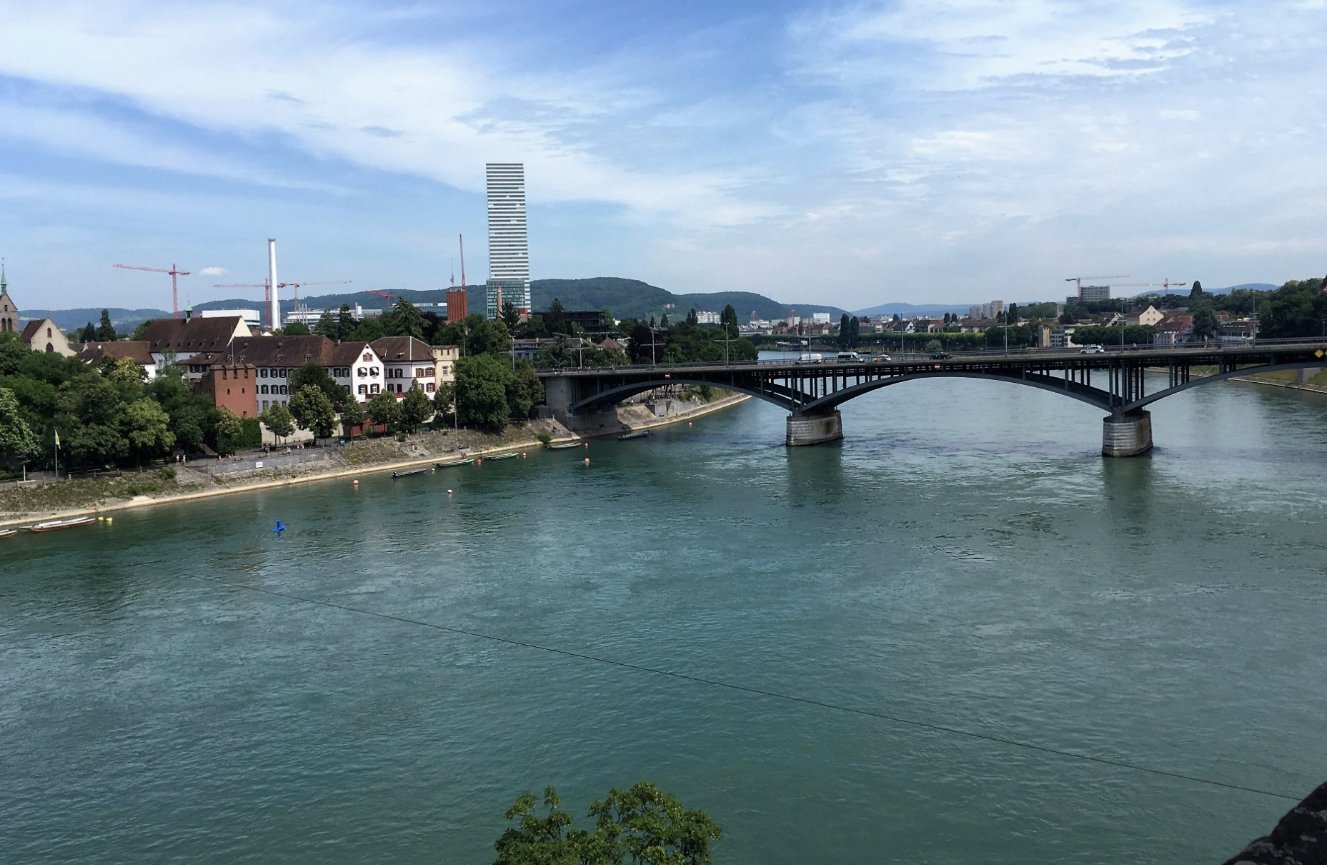
Munster Cathedral is open:
- from Monday to Friday inclusive from 10: 00 to 17: 00,
- Saturday from 10: 00 to 16: 00,
- on Sunday from 13: 00 to 17: 00.
Ferry crossing without a motor

In Basel, there are several bridges across the Rhine that can be conveniently crossed or crossed to the opposite bank. But there is also a way that is not quite usual for today’s times: an absolutely eco-friendly old non-motorized boat that moves thanks to the power of the current. This ferry boat itself is already a unique attraction in Basel and Switzerland.
For 3 minutes – that’s how long it takes for the original crossing through a rather stormy and wide water stream-you need to pay 1.8 francs (euros are also accepted – 1.6). You can buy a ticket directly on the boat.
Crans-Montana-a resort in the Swiss Alps for outdoor enthusiasts
Jean Tingli Museum
After taking a ferry across the Rhine and walking 5 minutes to the Wettsteinplatz stop, take the number 36 or number 38 bus. Just 3 stops away, and at Paul Sacher-Anlage, 2, the next attraction in Basel will be the Jean Tingli Museum. It will be interesting for fans of avant-garde art.
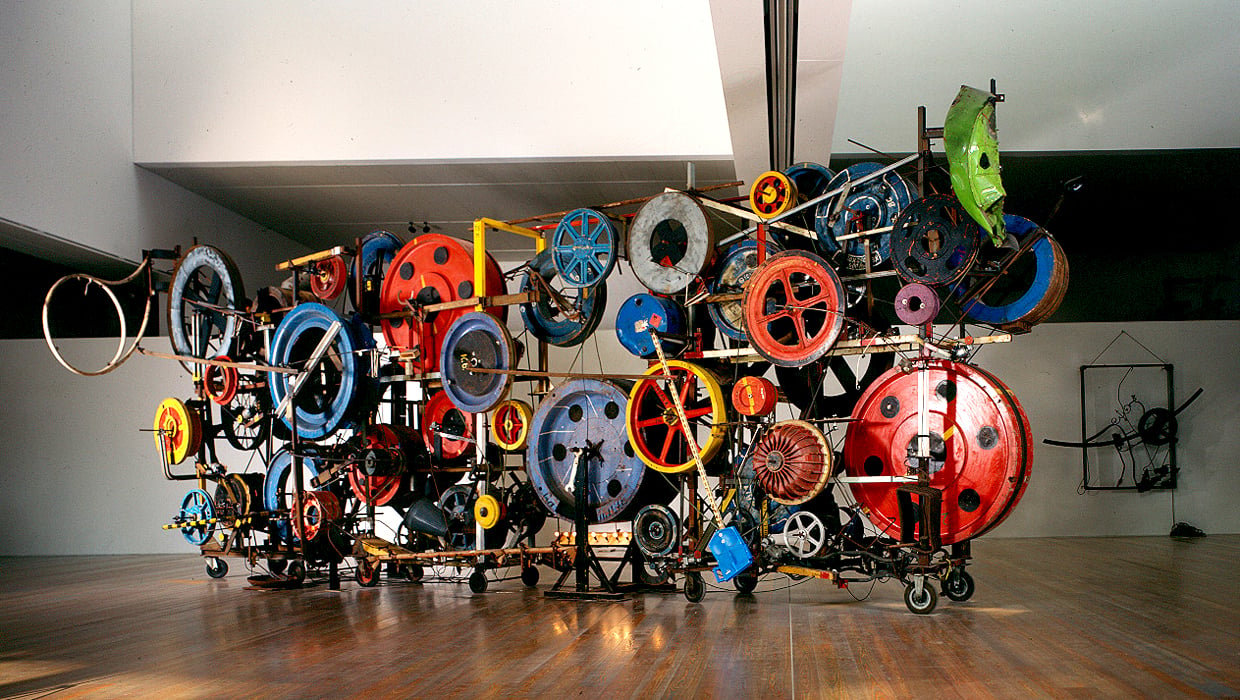
The exhibits of this museum are kinetic sculptures that are in constant motion. Unusual structures move in slow motion, then stop abruptly, and after a certain time they start moving again. After such a break, it becomes clear what silence means, and what is the metallic screech.
- The museum is open from 11:00 to 18:00 all days of the week, only on Mondays off.
- The entrance ticket costs 18 CHF, for seniors and students 12 CHF, for children under 16 years of age admission is free.
- Website of the tourist attraction: www.tinguely.ch.
Fountain with kinetic sculptures
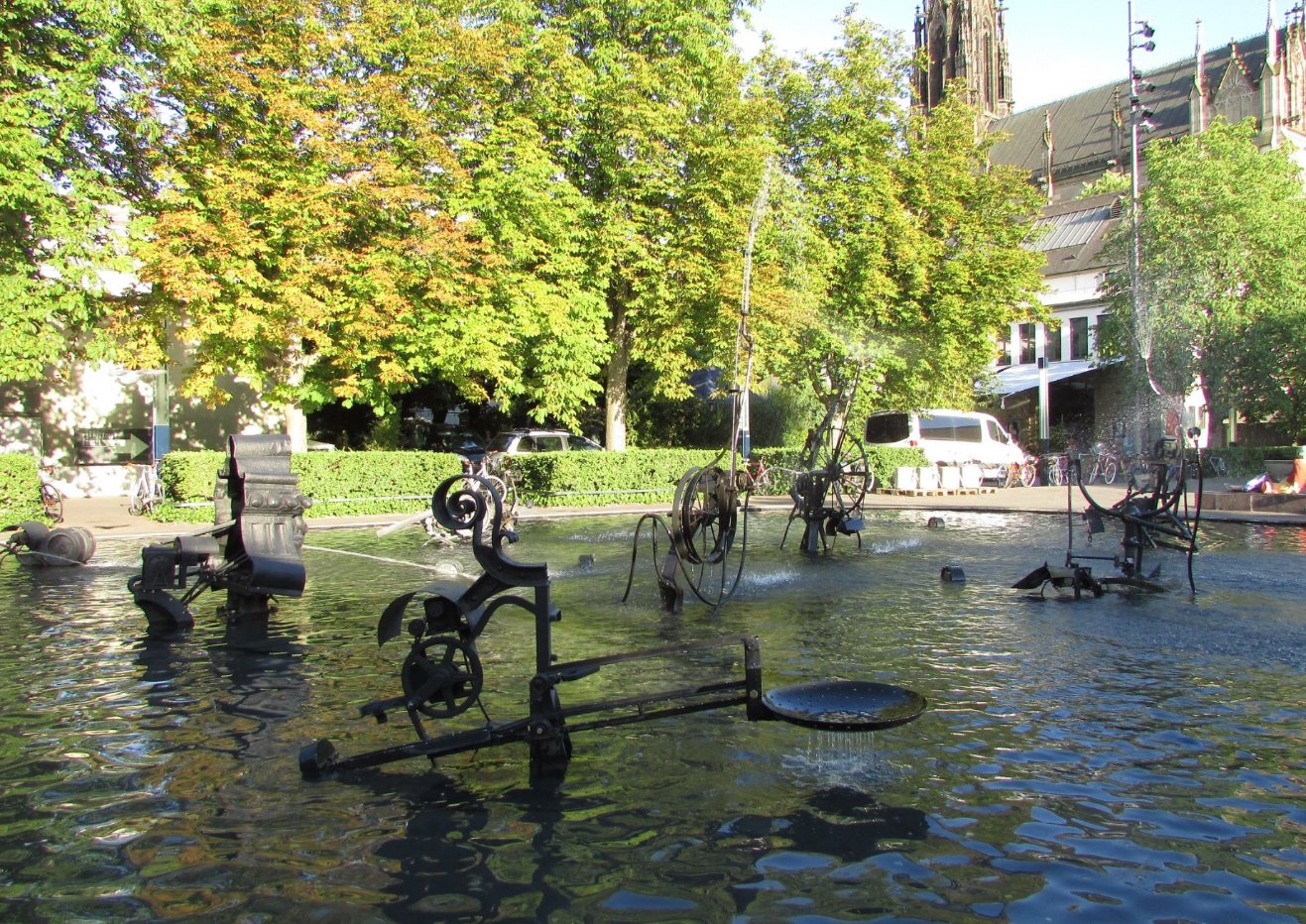
On the Theaterplatz, just opposite the Contemporary Art Exhibition Hall, there is another attraction that is most directly related to the Swiss kinetic artist Jean Tengli. We are talking about the famous carnival moving fountain (Tinguely-Brunnen), consisting of kinetic sculptures.
In the fountain there are several unusual metal figures that are in continuous slow motion. So slow that everything looks still. But quite unexpectedly, the iron mobile starts blowing bubbles or small splashes, releases a jet of water or a cloud of water dust. In order not to get caught up in such a cruel joke, experienced viewers first look at the fountain from afar, and only after understanding the principle of its operation, they decide to come closer.
The Tengli fountain functions even in frosts, when the water jets turn into solid ice cubes, mobiles still shoot water.
The Tengli fountain is very popular with children, who can play with metal mischief-makers for several hours in a row, dodge and run away from them.
Museum of Fine Arts
The Fine Arts Museum of Basel features Switzerland’s largest collection of fine art objects. In addition, it is the world’s oldest art museum, open to the public, with exhibits that have survived to our time.
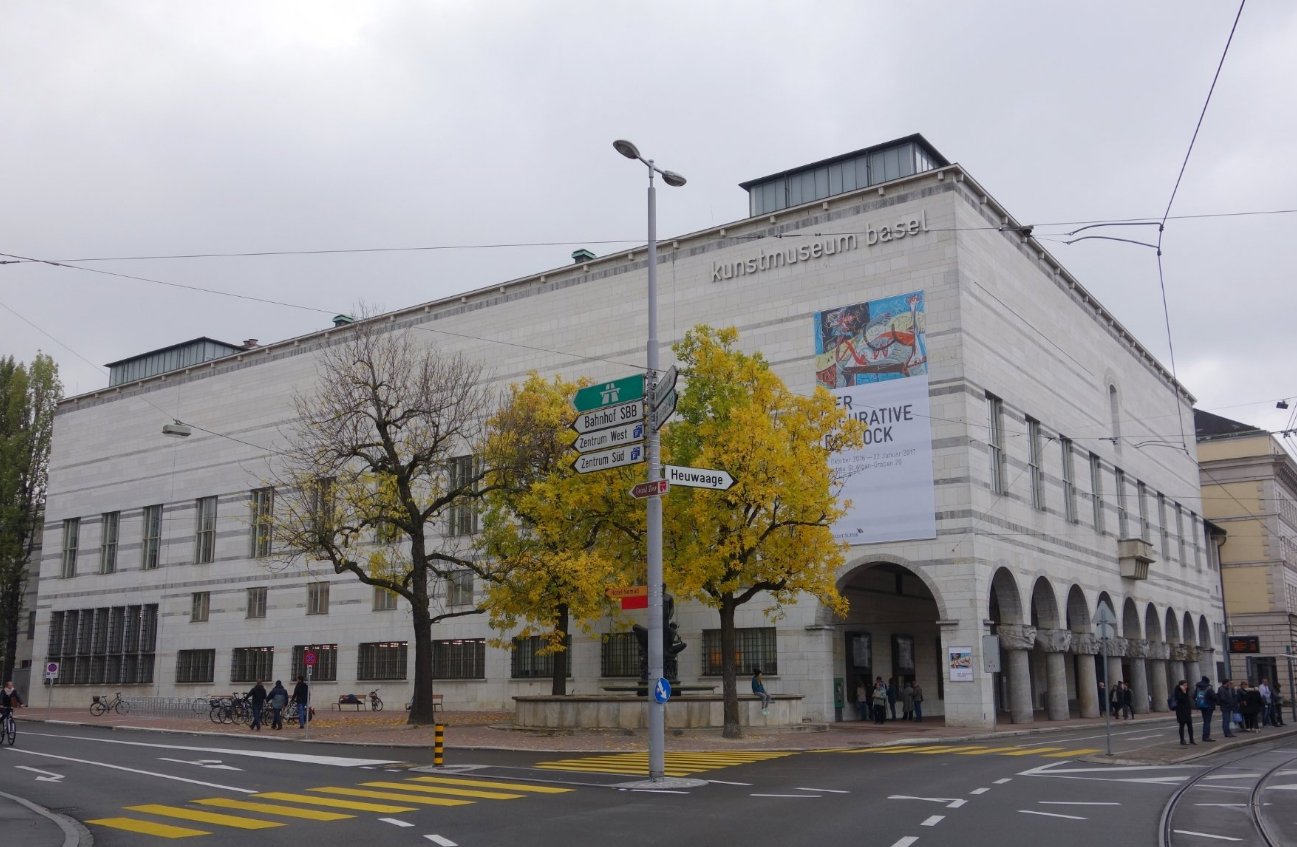
Here you can see Flemish paintings of the XVII century, works by German masters of the XV century, as well as works by Picasso, Monet, Rodin, Gauguin, Delacroix, Van Gogh and other famous artists.
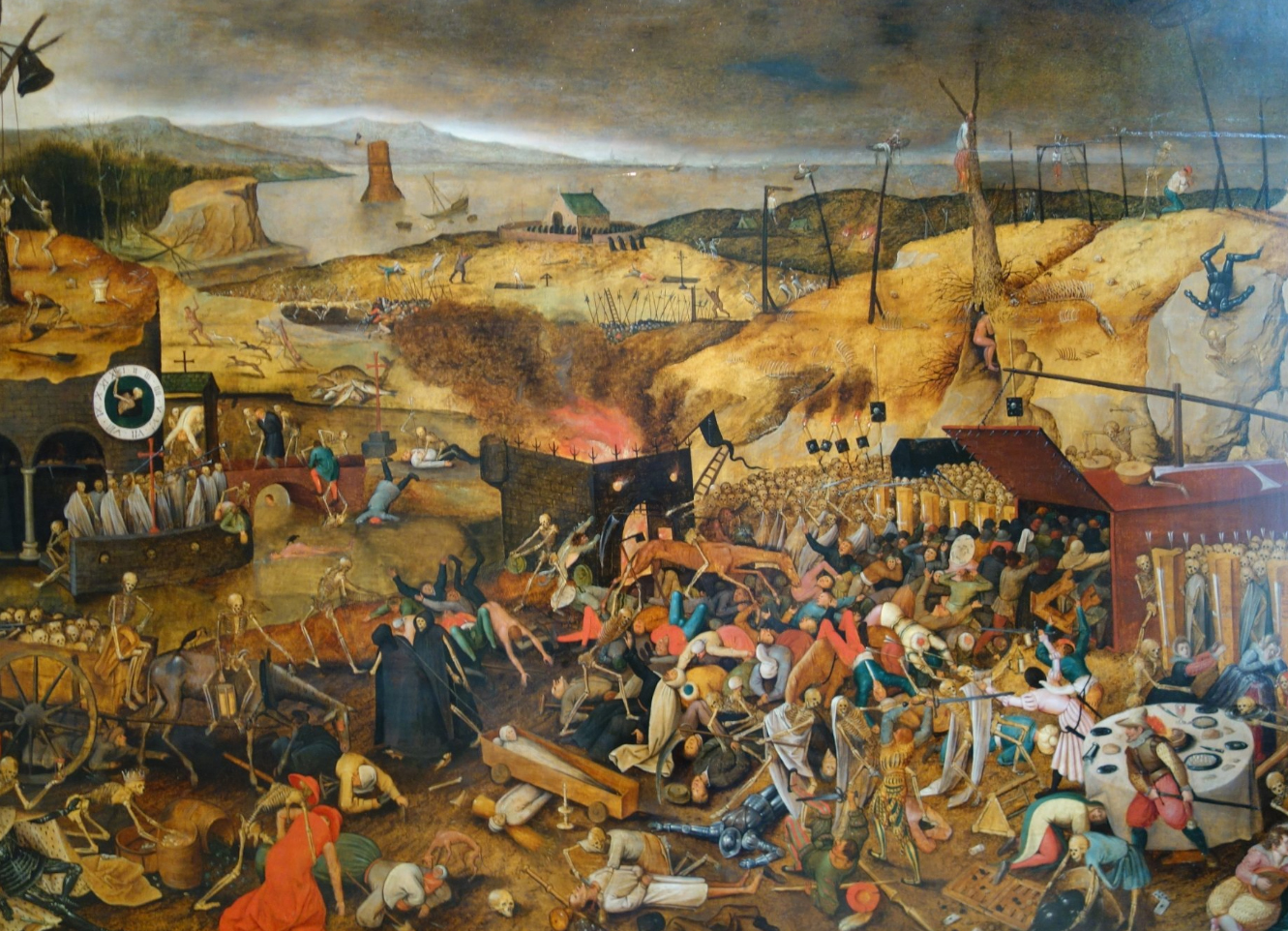
The entrance ticket costs 16 and 8 francs for adults and students respectively, and on the first Sunday of each month, admission is free for everyone. The ticket gives you the right to view the expositions of the main collection, visit the halls of modern art and temporary exhibitions. When purchasing a ticket, a special sticker is attached to the clothes that allows you to freely enter and exit the museum buildings.
- Place of interest: St. Alban-Graben 16, Basel 4051, Switzerland.
- Fine art items are available for viewing from Tuesday to Sunday, from 10: 00 to 18: 00. Monday is a day off.
- Official website: https://kunstmuseumbasel.ch.
Zoo
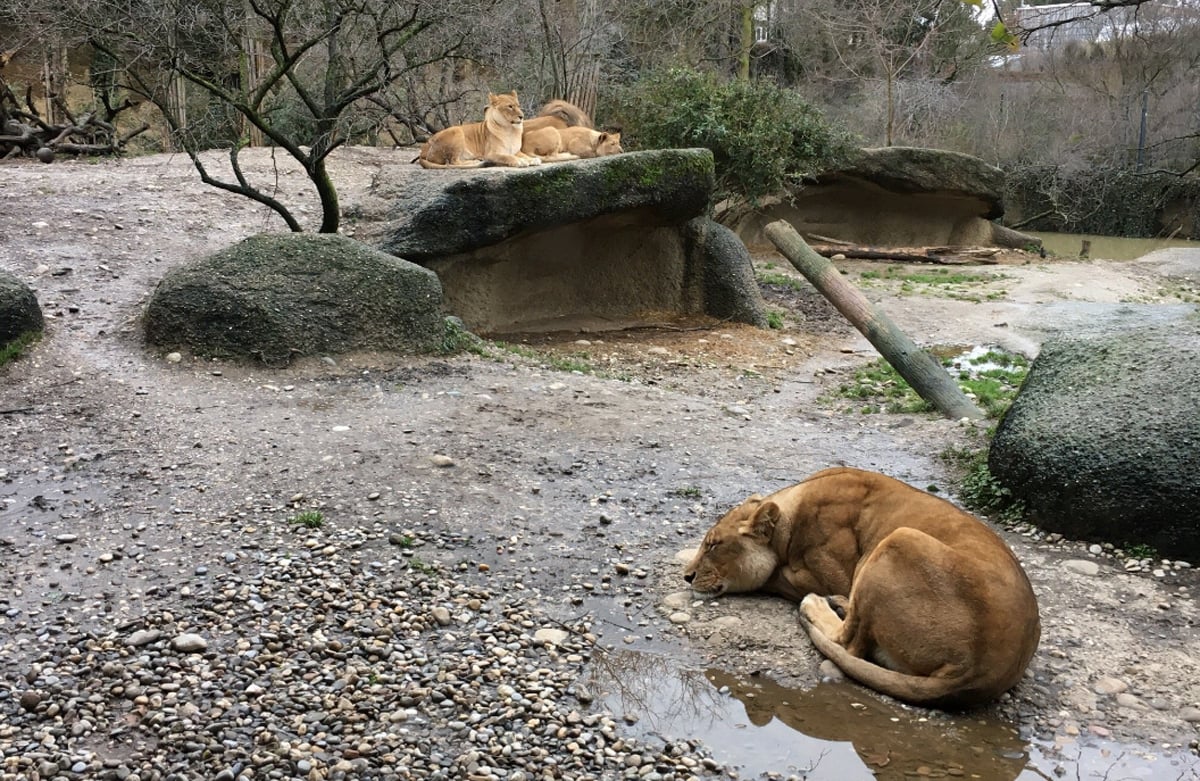
Almost in the center of the city (Binningerstrasse, 40) there is a local attraction-the zoo. It is very convenient: from the railway station just a couple of minutes of quiet walking or even less when traveling by public transport, and the city’s bustle is replaced by an oasis of wildlife. If you do not want to repeat yourself or just to save time, you can enter the zoo from the main entrance (public transport stop “Zoo”), and get out from the secondary entrance (stop “Zoo Dorenbach”), or vice versa.
The first zoo in Switzerland opened its doors in Basel on July 3, 1874. It mainly featured local and European animals, as well as animals from the Alps: wild boars, deer, buffaloes, elk, chamois, mountain goats, birds of prey and waterfowl. Special attractions included animals in the predator house (such as wolves, lynxes, badgers, foxes, wildcats, and martens), a bear pit, and a pool with otters and beavers. In the first year alone, 62,000 people visited the zoo, while the city of Basel had only 50,000 inhabitants. The zoo soon had to rethink its animal husbandry procedures, as many Alpine animals died and the public demanded more exotics.
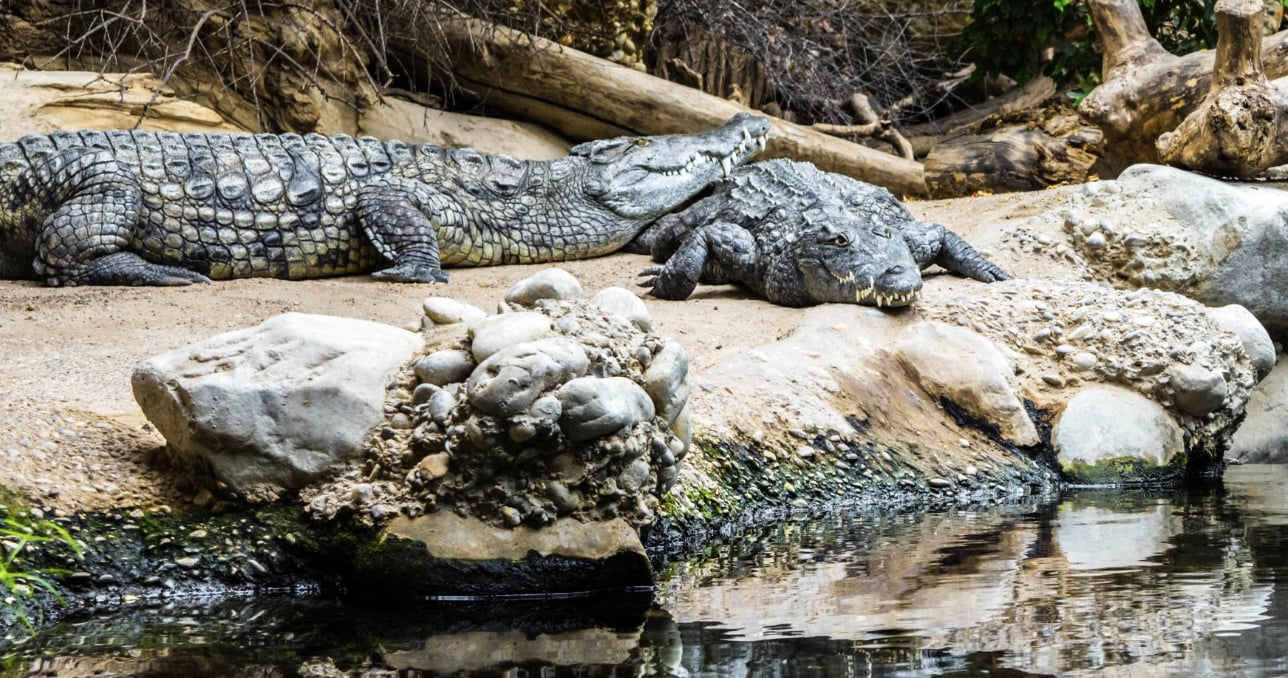
For a long time, the zoo was reconstructed and improved, and favorable conditions were created for animals. For example, the new Tembea elephant enclosure opened in 2017 after almost four years of construction work. It has provided the African elephants with an outdoor enclosure and three large outdoor areas with pools, showers and a wide range of entertainment options. Tembea builds on the latest discoveries in elephant husbandry and follows the principle of “protected contact”. This means that zookeepers no longer have barrier-free contact with animals, allowing the natural social behavior of elephants to develop without interference. The house is home to not only elephants, but also catcher ants, brown rats and several species of fish.
It is convenient that the zoo in Basel starts its work so early: at 8: 00. If the trip schedule is very tight, it allows you to plan everything conveniently and see as many attractions in Basel as possible in one day.
The Basel Zoo in Switzerland is a world – class attraction, because it ranks second in the list of the best zoos in the world. On its not too extensive area there are 6000 individuals of animals, representatives of 600 different species.
Animals live in enclosures that fully ensure the safety of visitors.
It is not difficult to navigate the territory, especially since all visitors receive a map.
- Ticket price: For adults aged 25-61 — 21 CHF, for young people aged 16-24-16 CHF, for children aged 6-15-10 CHF.
- The zoo’s website: www.zoobasel.ch.
Just an hour’s drive from Basel is the city of Lucerne, which is called the cradle of Switzerland. Why it is worth visiting, see in on this page.
Prices for accommodation and meals in Basel
Knowing where Basel is located, you can not expect that this city will have low prices for food and accommodation. After all, it is known that Switzerland is the most expensive country in Europe.
In Basel, as in the largest Swiss city of Zurich, there are many options for accommodation, most of the hotels have a high status and meet high standards, respectively, they have high prices. Here are some examples::
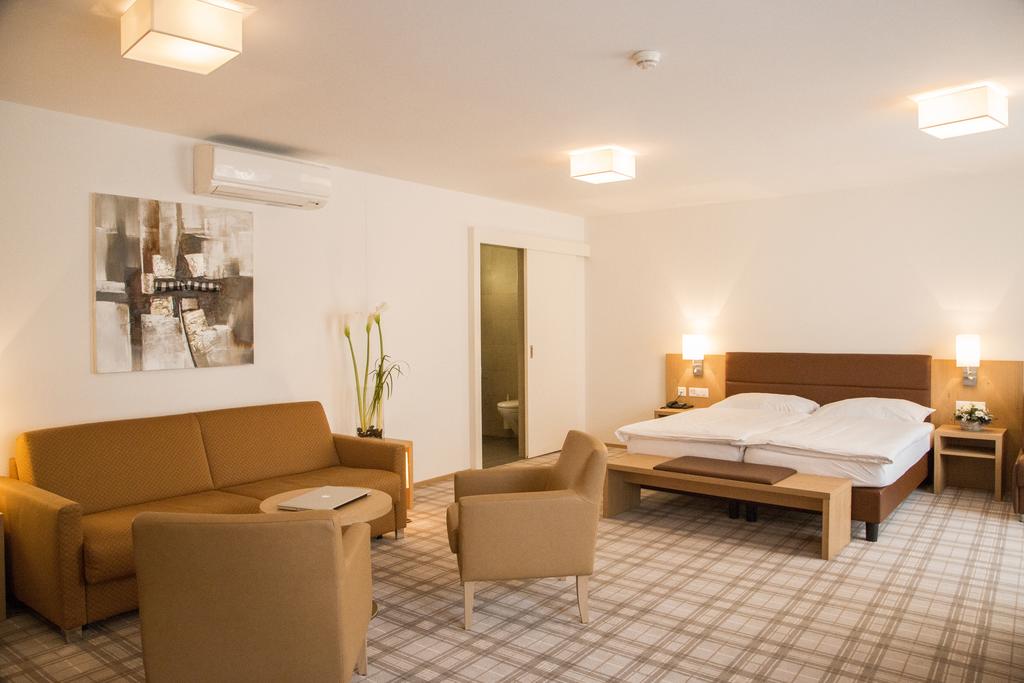
- The 3* Hotel Rochat is located in a cozy location in the central part of the city and occupies a building that is a historical monument. The price of a single room per night is 109 Swiss francs, while a superior single room costs 140 Swiss francs.
- The 3* Adagio Basel City Apartment Hotel is centrally located, just a 10-minute walk from the Old Town and the Rhine River. You will have to pay from 150 francs per person per day.
- The 3* Alfa Hotel is located in Birsfelden, just a 10-minute tram ride from Basel’s Old Town. The price of a single room is 80 francs.
The city of Basel, in general, like the whole of Switzerland, has the most expensive restaurants in Europe. Below are some estimated prices in Swiss francs:
- pizza – 20-26;
- three-course lunch for two (soup, second course, salad) in a mid-level restaurant – 90-100;
- fast food restaurant combo set – 15;
- lunch in an inexpensive restaurant for one person-22-27;
- coffee – 4-6;
- croissant – 3.
How to get to Basel from Zurich by bus and train
The distance between Basel and Zurich is very small – only 76 km. There are many ways to overcome it, but it is most convenient to do it by bus or train.
By bus

A bus ride from Zurich to Basel is also the cheapest option. Tickets cost about 11 Swiss francs and can be purchased on the carrier’s website (Flixbus transports passengers from Zurich to Basel) or at the ticket office of Zurich Central Station. Buses also leave from Zurich Central Station, with a 2 – hour journey time. There are not so many bus services between Zurich and Basel, and the number varies from day to day of the week. Therefore, you should check the departure time of the desired bus in advance on the Flixbus website.
By train
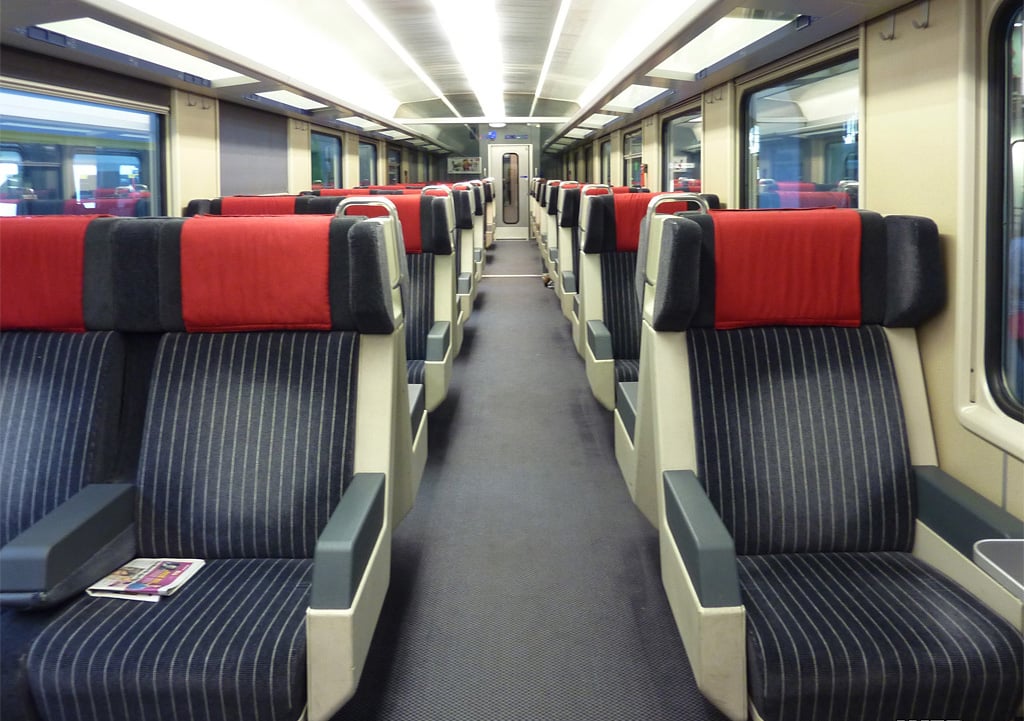
When planning how to get to Basel from Zurich by train, please note that you will need to make a transfer. Trains depart from Zurich every 10-20 minutes from 5 am to 23: 30 pm. The ticket price for a direct flight from Zurich is 27.8-3.2 CHF (in a second-class carriage). You can buy a ticket on the SBB website www.sbb.ch (this is the most convenient option), as well as at the Zurich train station-at the ticket office or at a special vending machine. The journey takes just over an hour.
In Zurich, trains depart from the central station, where the timetable is always displayed half an hour ahead on the scoreboard, and in Basel they also arrive at the central station.
Interesting facts
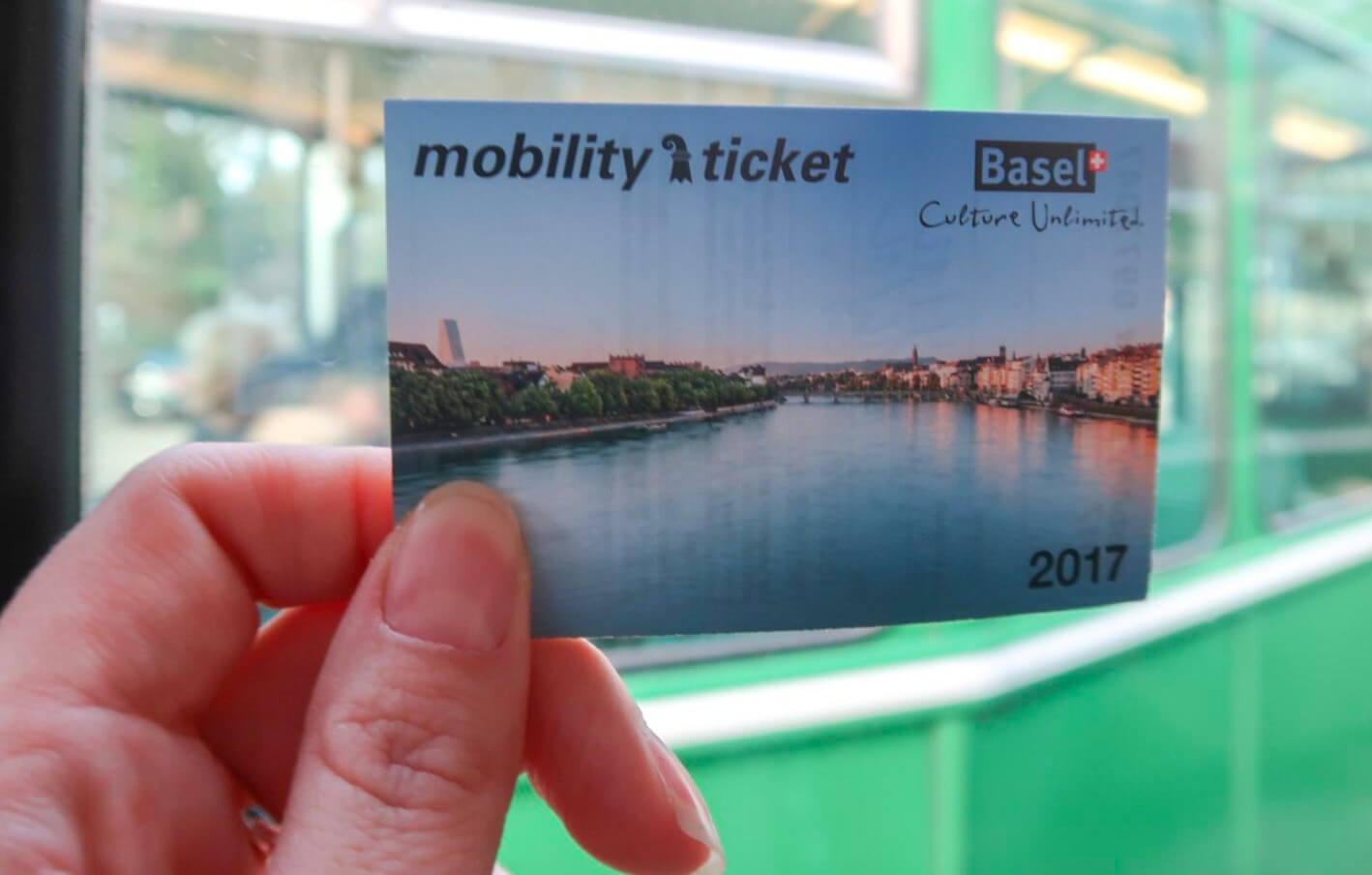
- Basel has a very convenient public transport network: buses and trams can take passengers to any city landmark. Like the Basel territories in Switzerland, travelers don’t have to worry about the fare: all hotels in Basel provide guests with a card for free use of public transport.
- In Basel, tourists can get a BaselCard, which provides a number of free or significantly discounted activities: public transport, Wi-Fi at certain points, guided tours of the city streets, access to 25 museums and a zoo, access to clubs and discos, attractions, etc. The card is free for guests of the city who stay at least for one night, you can get it at the reception of the hotel or from the landlord from whom you rent housing. More information here — www.baselcard.ch.
- The best gifts from Basel are knives, chocolate, and a Basel sponge cake. The shops around the train station and the Coop Pronto shopping center offer the largest selection.
- In the city of Basel, most shops are open until 18:30 on weekdays, and only on Thursdays-until 21: 00. On Saturday, retail outlets close even earlier – at 17: 00, and on Sundays only supermarkets and retail outlets near the railway station are open.
- In Basel, more than 20 restaurants have been awarded the GaultMillau or Michelin award.
- The University of Basel is the oldest university in Switzerland.
Basel (Switzerland) is known for its carnivals, the most popular is the Carnival of Lenten Night before Easter. The city streets are transformed into colorful markets, and residents of Basel wear bright costumes and hats made of paper.
Top 13 Must-See Attractions in Geneva: A Comprehensive Guide

